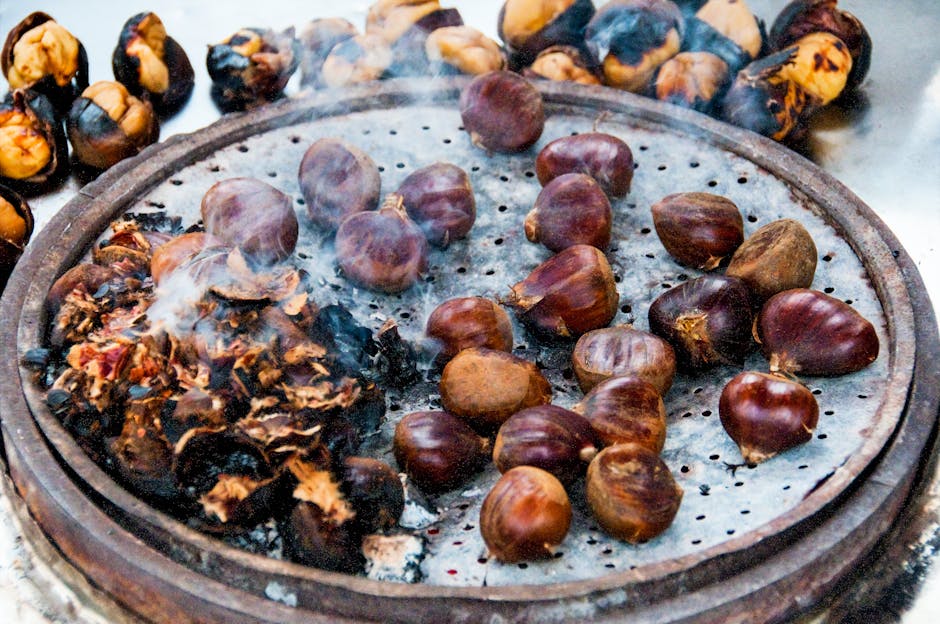The Allure of Autumn’s Burning Hues
Autumn. The very word conjures images of crisp air, the scent of woodsmoke, and the breathtaking spectacle of a landscape ablaze in fiery hues. This vibrant transformation, often referred to as the “Harvest of Fire,” is a natural phenomenon that captivates artists, photographers, and nature lovers alike. But what exactly causes this stunning display of color, and what role does it play in the ecosystem?
The Science Behind the Blaze: Chlorophyll Degradation and Carotenoids
The vibrant reds, oranges, and yellows of autumn leaves aren’t magically conjured; they’re the result of a complex biochemical process. Throughout the growing season, leaves are primarily green due to chlorophyll, a pigment crucial for photosynthesis. Chlorophyll masks the presence of other pigments, such as carotenoids (yellows and oranges) and anthocyanins (reds and purples). As days shorten and temperatures drop, trees prepare for winter dormancy. They begin to break down chlorophyll, reducing the green pigment and revealing the underlying carotenoids.
Carotenoids are always present in leaves, but their colors are often overshadowed by the dominant chlorophyll. Their visibility increases as chlorophyll degrades. The production of anthocyanins, responsible for the brilliant reds and purples, is more complex. It’s triggered by a combination of factors, including sunlight, temperature, and the sugar content of the leaves. Bright sunlight and cool nights are ideal conditions for anthocyanin production, resulting in exceptionally vibrant autumn displays.
Factors Influencing Autumn Leaf Color
- Temperature: Cool nights and warm sunny days are optimal for anthocyanin production.
- Sunlight: Sufficient sunlight is essential for both chlorophyll breakdown and anthocyanin synthesis.
- Moisture: Drought can cause leaves to dry out and fall prematurely, reducing the intensity of autumn colors. Excessive rainfall can also wash away the pigments.
- Tree Species: Different tree species produce varying amounts and types of pigments, leading to diverse color palettes.
The Ecological Significance of the Harvest of Fire
The stunning visuals of autumn aren’t just aesthetically pleasing; they hold ecological significance. The breakdown of chlorophyll and the subsequent leaf senescence are crucial steps in the nutrient cycle. As leaves fall, they decompose, releasing vital nutrients back into the soil. These nutrients enrich the soil, supporting the growth of new plants and contributing to the overall health of the forest ecosystem.

Furthermore, the changing colors serve as a visual cue for animals. The vibrant hues can help animals locate food sources, like berries and seeds, which are essential for survival during the winter months. The falling leaves also provide a vital habitat for various invertebrates and fungi, fostering biodiversity and supporting the food web.
Harvest of Fire: A Cultural and Artistic Inspiration
The “Harvest of Fire” has captivated human imagination for centuries. Throughout history and across diverse cultures, autumn’s vibrant colors have inspired artistic expressions, from poetry and literature to painting and photography. The ephemeral beauty of the season has been used to represent themes of change, transition, and the cycle of life and death.

Autumn in Art and Literature
Countless works of art depict the mesmerizing beauty of autumn foliage. From the Impressionist masterpieces of Monet to contemporary landscape photography, artists have sought to capture the fleeting brilliance of the season. Literature, too, abounds with descriptions of autumn’s fiery hues, evoking the melancholic beauty and transformative power of nature.
Preserving the Harvest of Fire: Conservation Efforts
While the “Harvest of Fire” is a natural phenomenon, human activities can impact the intensity and duration of the autumn color display. Deforestation, pollution, and climate change can negatively affect the health of trees and the processes that lead to vibrant fall colors. Protecting forests and reducing our environmental impact are essential for preserving this natural spectacle for future generations.

Sustainable Practices for Autumn Appreciation
- Support sustainable forestry practices.
- Reduce carbon emissions to mitigate climate change.
- Protect and preserve natural habitats.
- Engage in responsible tourism, avoiding activities that damage trees or ecosystems.
Enjoying the Harvest of Fire Responsibly
The beauty of the “Harvest of Fire” is a precious gift of nature. Let’s appreciate its splendor responsibly by respecting the environment, minimizing our impact, and advocating for the conservation of our natural resources. By doing so, we can ensure that future generations can continue to marvel at this breathtaking display of color and ecological wonder.

